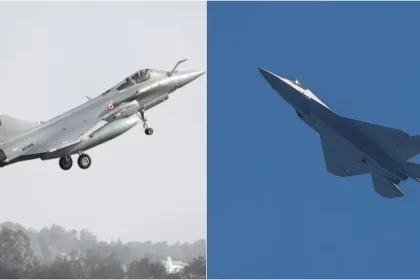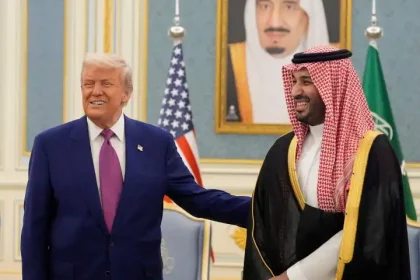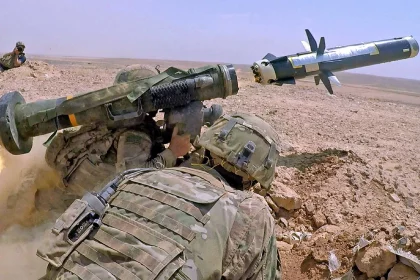India Set to Launch ₹80,000-Crore Destroyer Programme to Boost Blue-Water Naval Power
MDL Set to Begin ₹80,000-Crore Project-18 Destroyer Build as India Advances Toward a True Blue-Water Navy.
US Report Alleges Chinese Disinformation Campaign Targeted Rafale Sales After India–Pakistan Conflict
US Commission Links Beijing to AI-Driven Propaganda Aimed at Undermining India’s Rafale Fighter Jet Programme.
Trump Approves Sale of Advanced F-35 Jets to Saudi Arabia, Signalling Major Shift in US–Middle East Defence Policy
US Redefines Regional Power Balance with Historic F-35 Clearance to Riyadh.
US Approves Defence Deal to Supply Excalibur Precision Artillery and Javelin Missiles to India
US Greenlights $93 Million Excalibur and Javelin Package to Boost India’s Precision-Strike Power.
Pakistan Approves PKR 50 Billion Supplementary Defence Budget to Strengthen Border & Maritime Security
Islamabad Clears Additional PKR 50 Billion to Bolster CPEC Security, Border Fencing, and Naval Infrastructure.
Ladakh Clears 16 Strategic Defence and Infrastructure Projects With Tough Ecological Conditions
Projects Cleared Under Strict Wildlife, Habitat, and Waste-Management Norms.






